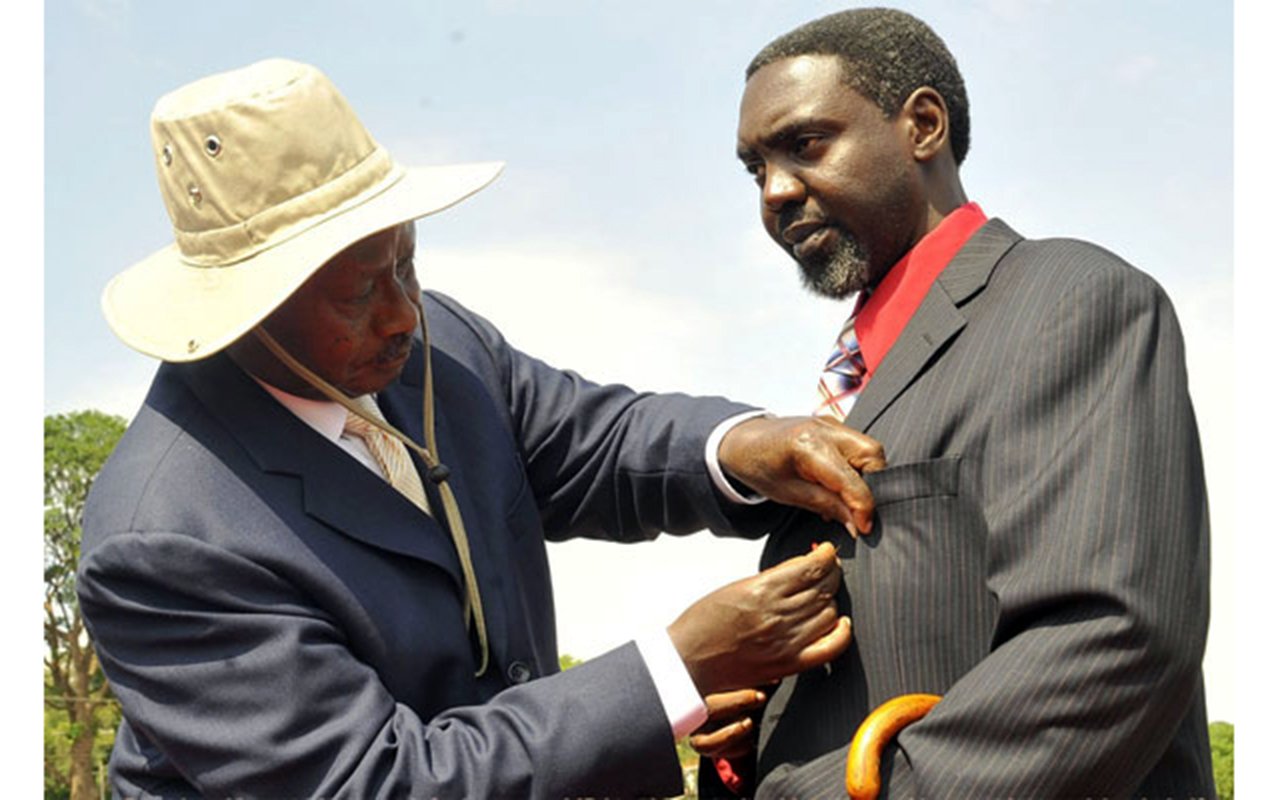Mother Teresa: The ‘Saint of the gutter’

Mother Teresa is synonymous with charity and was therefore always perceived as a Saint by most people. Net photo.
Twelve years after she was beatified by Pope John Paul II (himself a Saint now) Mother Teresa is to be canonised.
Last month, the Vatican declared that Pope Francis recognised a second miracle associated to the compassionate nun.
While she was still alive, in most people’s eyes, Mother Teresa was already a Saint because her name was synonymous with works of charity to the poor and sick.
It comes as no surprise that Pope Francis has authorised the Congregation for the Causes of Saints to proclaim the second miracle attributed to her intercession.
This much lauded miracle, according to the Vatican, involves a Brazilian man who was healed of several brain tumours in 2008. It is expected that the canonisation (being made a Saint) of Mother Teresa will take place in the Vatican in September 2016.
Her life’s mission
In 1946, Mother Teresa received “the call within the call” to leave the convent and help the poor while living among them.
Replacing her nun’s habit with a white sari, she began her missionary work by spending a few months in the Holy Family Hospital to receive basic training.
She then ventured into the slums of Calcutta, tending to the destitute and starving.
Mother Teresa is called “the Saint of the gutter” because almost all of the people she helped were homeless, picked from the streets, sewers and rubbish heaps.
Unlike other patron saints of the arts, music, lawyers, or nurses, Mother Teresa actually lived in the gutter for some time.
In the early, most difficult months, Mother Teresa had to beg for food and supplies.
At some point, discouraged and lonely, she was tempted to return to the comfort of the convent.
In 1950, the Vatican gave the nun permission to start the Missionaries of Charity, a religious congregation.
To-date, the Order is still running in Calcutta, with more than 4,500 nuns active in 133 countries. The charity runs hospices and homes for people with HIV/Aids, tuberculosis, and leprosy.
They also have soup kitchens, dispensaries, and mobile clinics, orphanages and schools. The nuns must take vows of chastity, poverty, obedience, and to give wholehearted free service to the poor of the poorest.
Controversies
For her work, Mother Teresa received prestigious awards from India, the Philippines, Australia, United States, the Vatican and a Nobel Peace Prize. Universities in the West and in India also granted her honorary degrees.
Even with her good work, there were controversies in the way people perceived Mother Teresa.
In India, some accused her of promoting a negative image of Calcutta and misusing the funds at her disposal. The Hindu Right parties accused her of favouring Christians and conducting secret baptisms of the dying.
Then, there were those who were not happy that she accepted donations from world dictators, though her supporters said that what mattered was the work the money was going to do.
In addition, since she believed poverty was a gift from God, her clinics were poorly run, with shortages of medicine and food.
It was believed that her Charity raised over $100m (about Shs338bn) yet only 5 per cent was used to cater to the poor. One journalist, Christopher Hitchens, accused her of not being a friend to the poor but “a friend of poverty”.
According to her postulator, Rev Brian Kolodiejchuk, Mother Teresa expressed doubts about God’s existence – a struggle she fought with for nearly 50 years until her death.
Posthumous miracles
In 2003, Mother Teresa was beatified by Pope John Paul II after he declared that an Indian woman suffering from an abdominal tumour had been cured by the intercession of the nun.
The woman, Monica Besra, said she saw a beam of light coming from the Mother Teresa’s picture to cure her cancerous tumour.
However, Besra’s husband and her doctor say that she was healed by taking medication and that her tumour was not cancerous.
Although some called it an untruth or a scum, the Church called it a miracle and beautified her.
In 2008, a priest in Brazil prayed for his parishioner who was suffering from numerous brain tumours. The priest asked Mother Teresa to intervene with God and the man was miraculously healed.
Women in the Catholic Church
It is interesting to note that although women play many roles in the Catholic Church, they are denied sanctioned titles. For instance, while there are many female saints, but there are no female archbishops, cardinals, or popes.
Women can serve at the parish level in many capacities, and are allowed to establish schools, hospitals, nursing homes, and religious orders for nuns/sisters, but according to Canon Law, only a baptised man can validly receive sacred ordination.
Who was Mother Teresa
She was born on August 26, 1910 in Skopje (modern day Macedonia) as Anjezë Gonxhe Bojaxhiu, to ethnic Albanians.
She joined the Sisters of Loreto in Ireland in 1928 to learn English, with a view of becoming a missionary. She never saw her family again.
Mother Teresa arrived in India in 1929 and took her religious vows on May 24, 1931, choosing the name Thérèse de Lisieux. She first became a teacher before becoming concerned about the increasing poverty around her. She died on September 5, 1997 at the age of 87.
Ugandan female martyr
In the story of the Uganda Martyrs, who were declared Saints in 1964, there is a little known woman, who is almost never mentioned.
Princess Kalala (Clara) Nalumansi, Kabaka Mwanga’s sister, and according to all accounts, their father’s (Kabaka Muteesa I) favourite child, converted to Christianity, first into the Anglican faith and later, in 1886 to the Catholic faith.
When she was appointed as the guardian of the Kabaka Jjuunju’s tomb, she publically burnt the lubaale (ancestral spirits) and destroyed her sacred umbilical cord that had been kept from the time of her birth.
Given that princesses in Buganda are the custodians of the culture, these were unforgivable acts.
Mwanga tried to have her killed but his henchmen failed to find her.
Nalumansi was one of the people who warned the missionaries about her brother’s plot to kill the converts, urging them to placate the king before his anger reached them.
Nalumansi was killed in 1888 in a gun battle at Kazo, Bwaise, against soldiers sent by her brother.
She defended herself with her gun but was overpowered. Mwanga had been convinced that if the Christians achieved power, they would place his sister on the throne as queen.
How one becomes a Saint
The process of canonising is long and starts with one becoming a servant of God.
The persons should have been dead for at least five years before a congregation can petition the bishop. The bishop gives permission to open investigations into the virtues of the individual.
The Venerable One
With enough information gathered, the Roman Curia recommends to the Pope to make a proclamation of the Servant of God’s heroic virtues. People are then encouraged to pray for a miracle brought by this person’s intercession.
The Blessed One
When the person is beatified, there must be proof that a miracle took place with his or her intercession.
The Saint
At least two miracles have to have been performed through the person’s intercession, in addition to the ones that granted them beatification.
The Saint, once declared, is assigned a feast day and churches can be built in his or her honour.
Sources: Internet & Kampala Archdiocese


